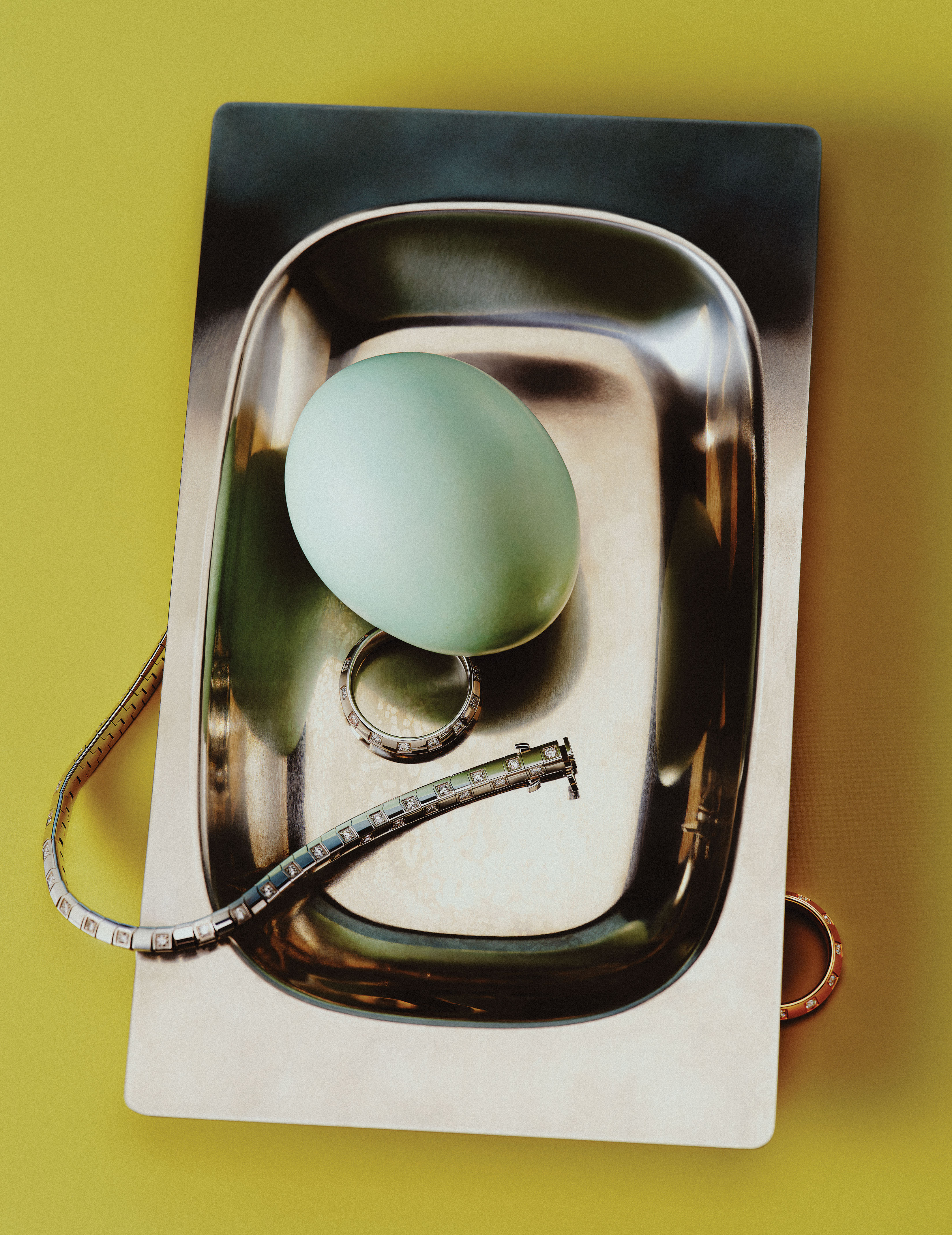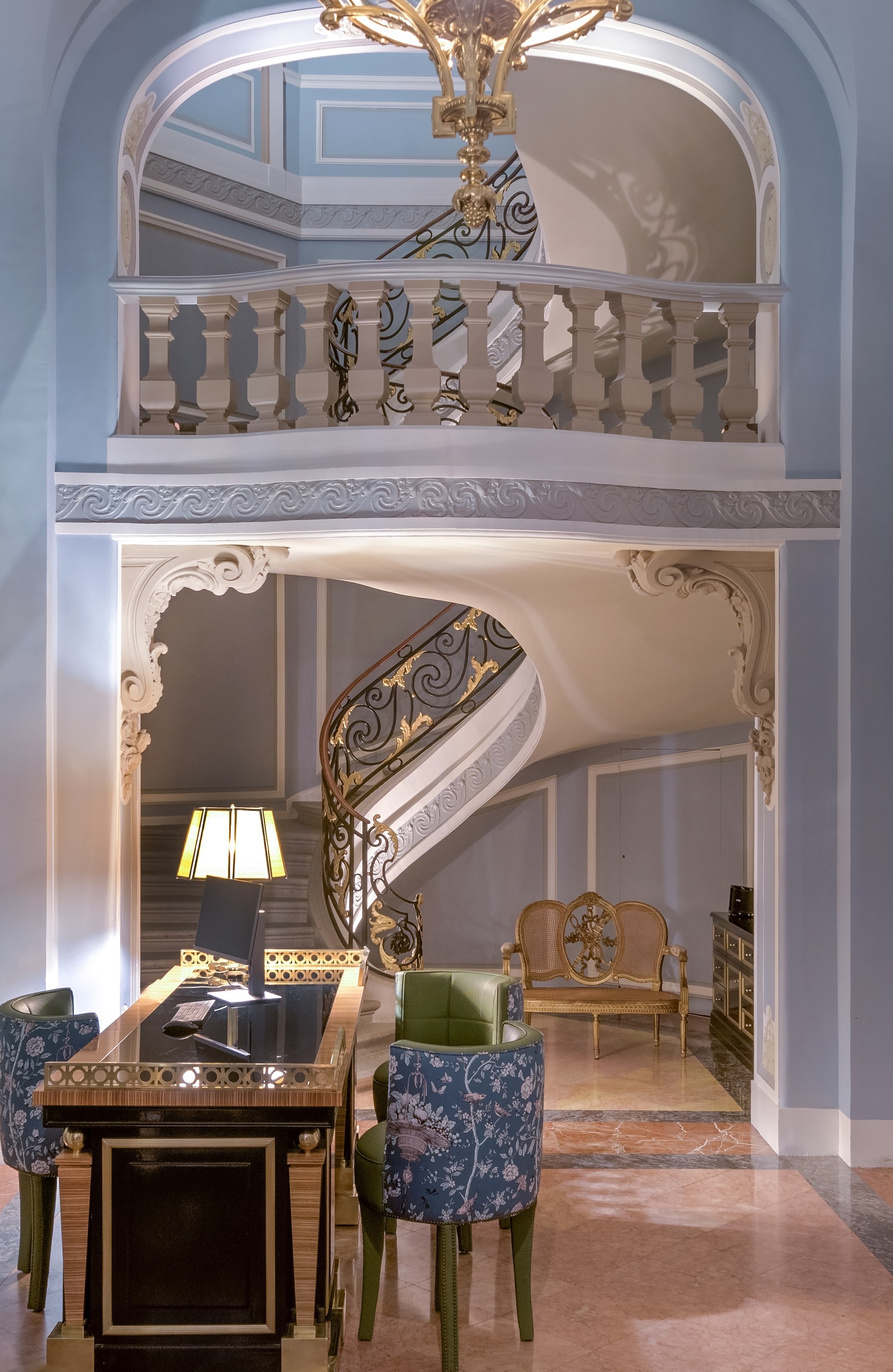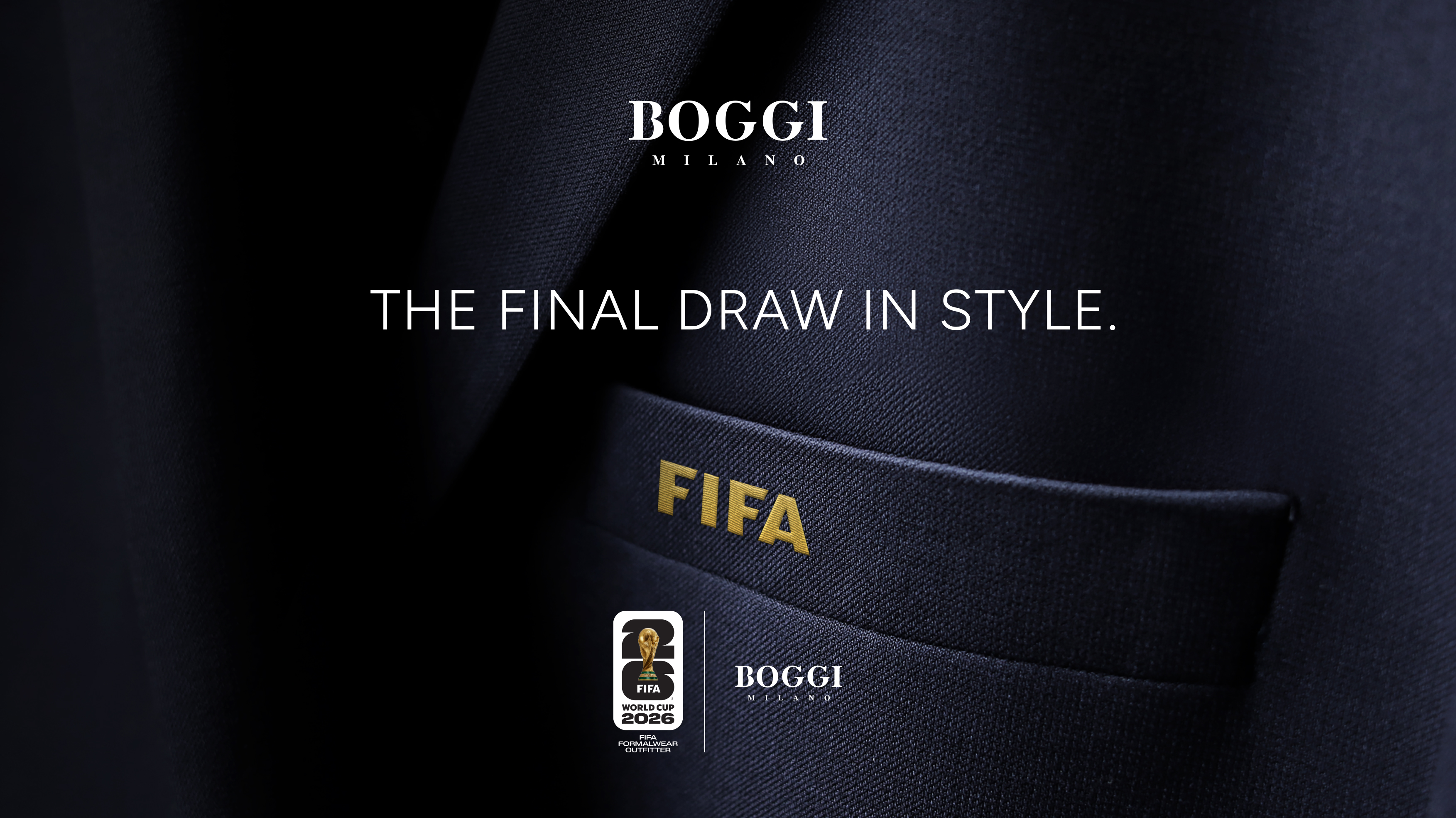

JANE BENSON. DETAIL, “SONG FOR SEBALD” (2016). HAND-CUT ARCHIVAL INK-JET PRINT ON PAPER WITH SOUND. ©2018 JANE BENSON. ©2018 SKIRA EDITORE, MILAN.
Artist Jane Benson has said that she is “more comfortable with something being destabilized rather than complete.” For proof one need only look at her work. Through a practice that includes cutting, bisecting, rebuilding, and collaging, the British-born, New York-based artist has explored themes of separation and recombination throughout her career. Now, following the occasion of her 2017 exhibition, _Half-Truths_, at the Contemporary Arts Center in Cincinnati, her first major monograph, _A Place for Infinite Tuning_, is to be released in April by Skria.
With writing by Sara Reisman, Nico Israel, and former Cincinnati Contemporary Arts Center curator Steven Matijcio, _Jane Benson: A Place for Infinite Tuning_ traces the past fifteen years of Benson’s work, documenting her delicate disruption through a survey of her installations, video, drawings, sculpture, and performance.
A primary example of her philosophy
in action is seen in her series _The Splits_ (2011-ongoing)— a collaborative performance project that features a viola, a cello, double bass, and violins, each of which has been sliced down the center, high strings on one side, low strings on the other, so that both halves must be played simultaneously by two musicians to recapture the entire tonality of the instrument. The music that emerges is singular, strange, and evocative. Benson’s written scores from her performance pieces made way for her _Song for Sebald_ series (2016), in which she revises W.G. Sebald’s 1995 novel _The Rings of Saturn_ by excising all text except for the syllables of a musical scale, revealing what she refers to as the “potential music” of the novel.


JANE BENSON. “A PLACE FOR INFINITE TUNING II” (2015). HAND-CUT VIOLIN AND OUD, PLYWOOD, MIRRORED PLEXIGLASS, VELCRO AND LATEX PAINT. ©2018 JANE BENSON. ©2018 SKIRA EDITORE, MILAN.
Elements of _The Splits_ and _Song for Sebald_ can be seen in her _Half-Truths_ exhibition centerpiece, _Finding Baghdad_ (2015), which tells the story of two Iraqi brothers separated by war and immigration policy. The dual-channel video begins with one of Benson’s split instruments, which is then played by the brothers in a virtual duet from their respective new homes in Germany and Bahrain. But the series for which the book is named may be the best example
of Benson’s artistic philosophy. In _A Place for Infinite Tuning_ (2015), Benson arranges the split instruments with bisected artificial foliage, and positions the works precariously on the edge of mirrored plinths, provoking a heightened sense of unease caused by the appearance of the still life’s unstable state. Paradoxically, by “splitting” instruments and flowers, Benson demonstrates the unifying, borderless power of music and art in an age of division.
 
JANE BENSON. DETAIL, “SONG FOR SEBALD” (2016). HAND-CUT ARCHIVAL INK-JET PRINT ON PAPER WITH SOUND. ©2018 JANE BENSON. ©2018 SKIRA EDITORE, MILAN.
Artist Jane Benson has said that she is “more comfortable with something being destabilized rather than complete.” For proof one need only look at her work. Through a practice that includes cutting, bisecting, rebuilding, and collaging, the British-born, New York-based artist has explored themes of separation and recombination throughout her career. Now, following the occasion of her 2017 exhibition, _Half-Truths_, at the Contemporary Arts Center in Cincinnati, her first major monograph, _A Place for Infinite Tuning_, is to be released in April by Skria.
With writing by Sara Reisman, Nico Israel, and former Cincinnati Contemporary Arts Center curator Steven Matijcio, _Jane Benson: A Place for Infinite Tuning_ traces the past fifteen years of Benson’s work, documenting her delicate disruption through a survey of her installations, video, drawings, sculpture, and performance.
A primary example of her philosophy
in action is seen in her series _The Splits_ (2011-ongoing)— a collaborative performance project that features a viola, a cello, double bass, and violins, each of which has been sliced down the center, high strings on one side, low strings on the other, so that both halves must be played simultaneously by two musicians to recapture the entire tonality of the instrument. The music that emerges is singular, strange, and evocative. Benson’s written scores from her performance pieces made way for her _Song for Sebald_ series (2016), in which she revises W.G. Sebald’s 1995 novel _The Rings of Saturn_ by excising all text except for the syllables of a musical scale, revealing what she refers to as the “potential music” of the novel.

JANE BENSON. DETAIL, “SONG FOR SEBALD” (2016). HAND-CUT ARCHIVAL INK-JET PRINT ON PAPER WITH SOUND. ©2018 JANE BENSON. ©2018 SKIRA EDITORE, MILAN.
Artist Jane Benson has said that she is “more comfortable with something being destabilized rather than complete.” For proof one need only look at her work. Through a practice that includes cutting, bisecting, rebuilding, and collaging, the British-born, New York-based artist has explored themes of separation and recombination throughout her career. Now, following the occasion of her 2017 exhibition, _Half-Truths_, at the Contemporary Arts Center in Cincinnati, her first major monograph, _A Place for Infinite Tuning_, is to be released in April by Skria.
With writing by Sara Reisman, Nico Israel, and former Cincinnati Contemporary Arts Center curator Steven Matijcio, _Jane Benson: A Place for Infinite Tuning_ traces the past fifteen years of Benson’s work, documenting her delicate disruption through a survey of her installations, video, drawings, sculpture, and performance.
A primary example of her philosophy
in action is seen in her series _The Splits_ (2011-ongoing)— a collaborative performance project that features a viola, a cello, double bass, and violins, each of which has been sliced down the center, high strings on one side, low strings on the other, so that both halves must be played simultaneously by two musicians to recapture the entire tonality of the instrument. The music that emerges is singular, strange, and evocative. Benson’s written scores from her performance pieces made way for her _Song for Sebald_ series (2016), in which she revises W.G. Sebald’s 1995 novel _The Rings of Saturn_ by excising all text except for the syllables of a musical scale, revealing what she refers to as the “potential music” of the novel.
 
JANE BENSON. “A PLACE FOR INFINITE TUNING II” (2015). HAND-CUT VIOLIN AND OUD, PLYWOOD, MIRRORED PLEXIGLASS, VELCRO AND LATEX PAINT. ©2018 JANE BENSON. ©2018 SKIRA EDITORE, MILAN.
Elements of _The Splits_ and _Song for Sebald_ can be seen in her _Half-Truths_ exhibition centerpiece, _Finding Baghdad_ (2015), which tells the story of two Iraqi brothers separated by war and immigration policy. The dual-channel video begins with one of Benson’s split instruments, which is then played by the brothers in a virtual duet from their respective new homes in Germany and Bahrain. But the series for which the book is named may be the best example
of Benson’s artistic philosophy. In _A Place for Infinite Tuning_ (2015), Benson arranges the split instruments with bisected artificial foliage, and positions the works precariously on the edge of mirrored plinths, provoking a heightened sense of unease caused by the appearance of the still life’s unstable state. Paradoxically, by “splitting” instruments and flowers, Benson demonstrates the unifying, borderless power of music and art in an age of division.

JANE BENSON. “A PLACE FOR INFINITE TUNING II” (2015). HAND-CUT VIOLIN AND OUD, PLYWOOD, MIRRORED PLEXIGLASS, VELCRO AND LATEX PAINT. ©2018 JANE BENSON. ©2018 SKIRA EDITORE, MILAN.
Elements of _The Splits_ and _Song for Sebald_ can be seen in her _Half-Truths_ exhibition centerpiece, _Finding Baghdad_ (2015), which tells the story of two Iraqi brothers separated by war and immigration policy. The dual-channel video begins with one of Benson’s split instruments, which is then played by the brothers in a virtual duet from their respective new homes in Germany and Bahrain. But the series for which the book is named may be the best example
of Benson’s artistic philosophy. In _A Place for Infinite Tuning_ (2015), Benson arranges the split instruments with bisected artificial foliage, and positions the works precariously on the edge of mirrored plinths, provoking a heightened sense of unease caused by the appearance of the still life’s unstable state. Paradoxically, by “splitting” instruments and flowers, Benson demonstrates the unifying, borderless power of music and art in an age of division.


















